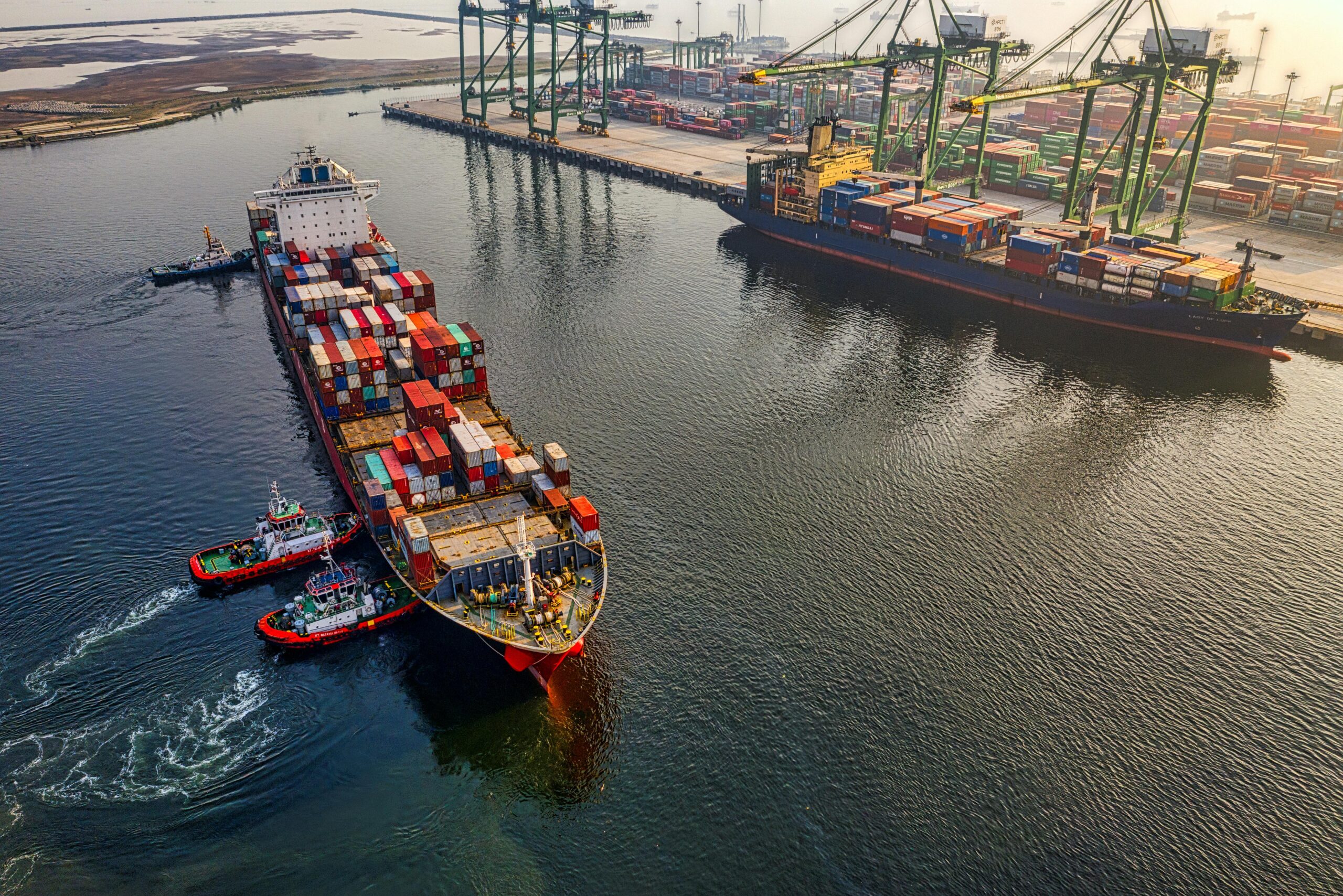In the constant quest to reduce the carbon footprint of maritime transport, much of the research effort has focused on fuel innovation. While this remains a long and complex journey, an equally crucial challenge is improving propulsion efficiency itself. Ships require substantial power to move through water, and optimizing how this power is generated and utilized is key to making sustainable progress.
A Two-Pronged Solution
The ETAProp concept tackles this challenge from two fundamental angles. The first involves enhancing the interaction between the propeller and the hull, ensuring that propulsion forces are utilized more effectively. The second focuses on optimizing hull volume distribution, reducing the wetted surface area and consequently minimizing friction. These two improvements work together to lower the overall power required to move a ship at a given speed and displacement.
At the heart of ETAProp are two distinct elements: ETAProp-Struttura (Structure) and ETAProp-Carena (Hull). Both have been filed for patent applications with the Italian Patent and Trademark Office. Their combined effect is to improve propulsion efficiency, which directly impacts fuel consumption and ship performance.
Adapting to Different Ship Configurations
The ETAProp approach is designed to be versatile. For ships with a single propeller or a central multi-propeller system, the innovation directly addresses hull wet surface reduction and the efficiency of the propeller behind the hull (ETAB). In the case of twin-propeller configurations, the focus remains solely on optimizing ETAB.
The benefits extend beyond efficiency gains. The new hull-propeller-rudder configuration not only reduces the power required and fuel consumption but also simplifies stern design. This structural optimization allows for more efficient use of internal volumes, benefiting both cargo capacity and ship management logistics.
Moving Toward Implementation
ETAProp is more than just a theoretical model. The concept is currently under evaluation as part of a dedicated research project involving the NAVTEC Consortium – Technological District of Naval Transport – and SB-SINTEC Srl. The ongoing studies aim to validate its effectiveness, ensuring that this innovative solution can be integrated into future ship designs.
As maritime industries continue to search for more sustainable solutions, concepts like ETAProp represent a significant step forward. By improving propulsion efficiency and optimizing hull structures, we can reduce fuel consumption and emissions without waiting for future breakthroughs in alternative fuels. This is a tangible innovation that could reshape naval engineering for years to come.

